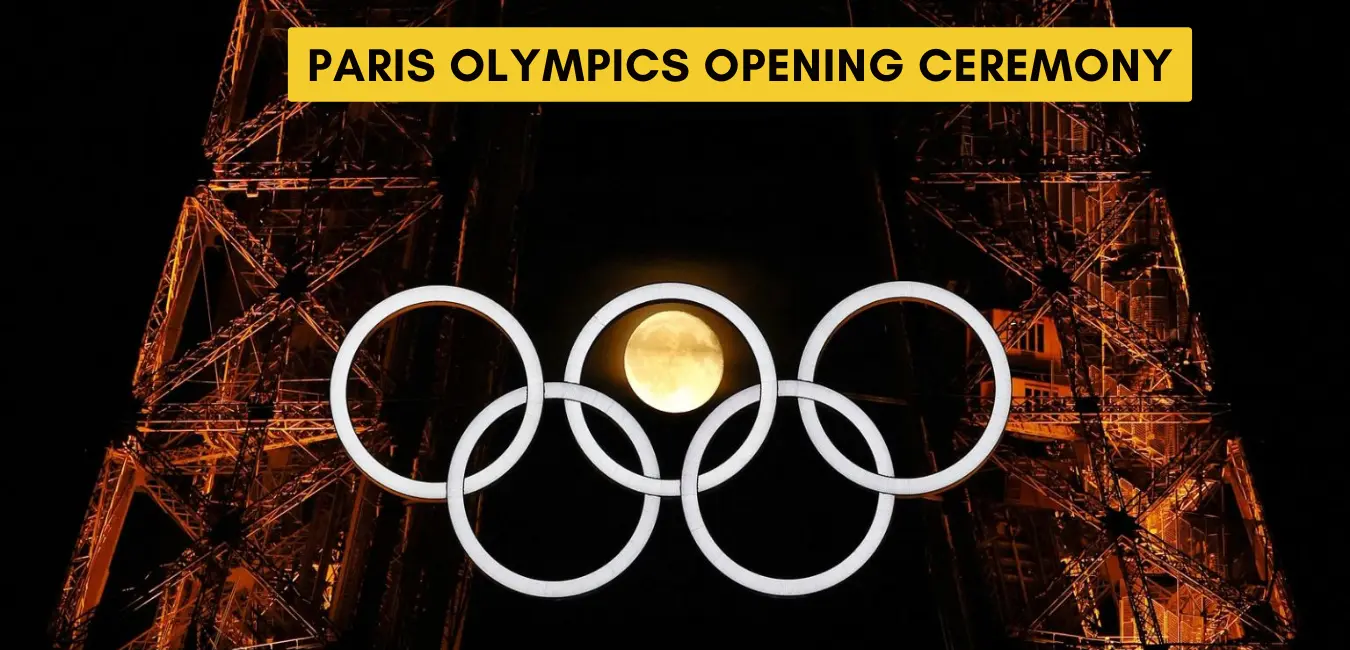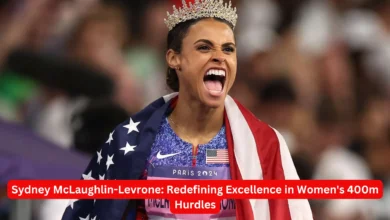Paris Olympics Opening Ceremony: An Unprecedented Event on the River Seine

The Paris Olympics Opening Ceremony, set to unfold along the majestic River Seine, promises to be a historic and extraordinary spectacle. This unprecedented decision to stage the ceremony on the river, rather than within a traditional stadium, signifies a bold departure from Olympic norms and a profound commitment to showcasing Paris in its grandeur. As athletes and spectators prepare for this grand event, here’s an in-depth look at what to expect from this remarkable opening ceremony.
A Unique Ceremony Format: Athletes’ Journey and Experience
Athletes participating in the Opening Ceremony will embark on a distinctive journey. They are scheduled to spend approximately 45 minutes aboard boats that will traverse the River Seine. The ceremony itself will span nearly four hours, resulting in a total event duration of around 7 hours and 40 minutes from departure to the return to the Games Village. This includes an expected walking distance ranging from 940 meters to 2,300 meters, and an approximate standing time of 5 hours and 27 minutes.
To ensure the comfort and readiness of the athletes, organizers have planned provisions including crackers, muesli bars, fruit, nuts, and water bottles. Additionally, athletes will be equipped with life jackets for safety. Despite these preparations, some logistical concerns remain, such as whether all boats will have onboard toilets, a question raised by athletes due to the extended duration of the ceremony.
The Intrigue of the Ceremony: Artistic and Cultural Elements
The Opening Ceremony will feature a parade of 94 boats carrying approximately 7,000 athletes. These boats will glide past iconic Parisian landmarks such as the Notre-Dame Cathedral, the Louvre Museum, Place de la Concorde, Grand Palais, Les Invalides, and the Musée d’Orsay, culminating at the Pont d’Iéna near the Eiffel Tower. The ceremony will be visible to about 300,000 spectators—a number that, while reduced from earlier projections, still marks the largest audience in Olympic history.
As the boats embark from Pont Austerlitz at 7:30 PM local time, 3,000 performers will begin their acts on both sides of the river. The performance lineup includes renowned figures such as Celine Dion and Lady Gaga, alongside BMX riders and skateboard champions showcasing their skills. Additionally, the ceremony will feature 12 tableaux representing significant moments in French and Parisian history.
The Secrecy and Anticipation Surrounding the Ceremony
The preparation for this ceremony has been shrouded in secrecy, with details emerging only gradually. French historian Patrick Boucheron, screenwriter Fanny Herrero, and bestselling author Leila Slimani have collaborated to create what is expected to be a groundbreaking and unprecedented ceremony. Despite the high level of confidentiality, the anticipation is palpable.
Teasers of the ceremony include art installations that have transformed Paris’s landmarks and the arrival of high-profile celebrities. Rumors about Celine Dion’s involvement have stirred excitement, with French President Emmanuel Macron hinting at her participation without disclosing specifics.
Innovations and Challenges: The Creative Vision
The creative vision for the ceremony is led by Thomas Jolly, who has envisioned the event in detail since the script was finalized in June 2023. However, due to the need for maintaining secrecy, a full rehearsal of the ceremony has not been conducted. This secrecy has fueled widespread speculation about various aspects of the event, including potential laser shows, airspace restrictions, and intriguing props such as a mysterious balloon covering the Jardin des Tuileries.
Conclusion: A Historic Opening Ceremony
The Paris Olympics Opening Ceremony represents a historic and innovative approach to showcasing the Olympics, emphasizing Paris’s unique charm and cultural richness. With its extraordinary format, high-profile performances, and meticulous planning, this ceremony is set to captivate audiences worldwide and set a new benchmark for future Olympic Games.




